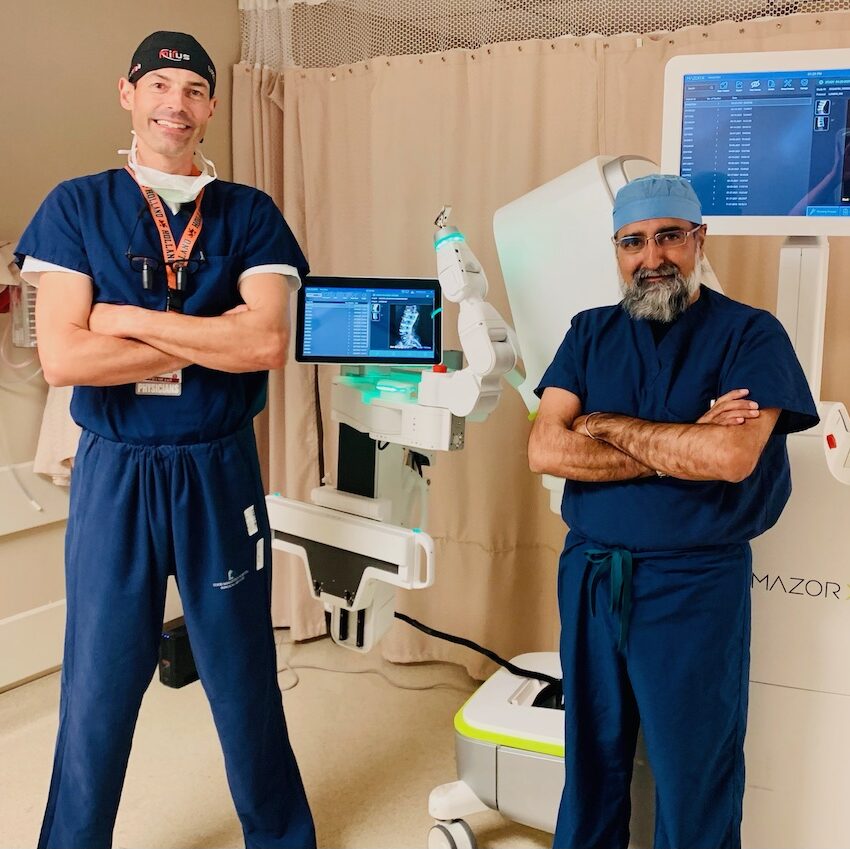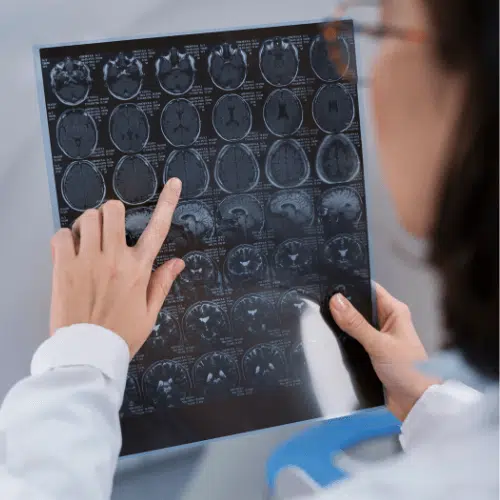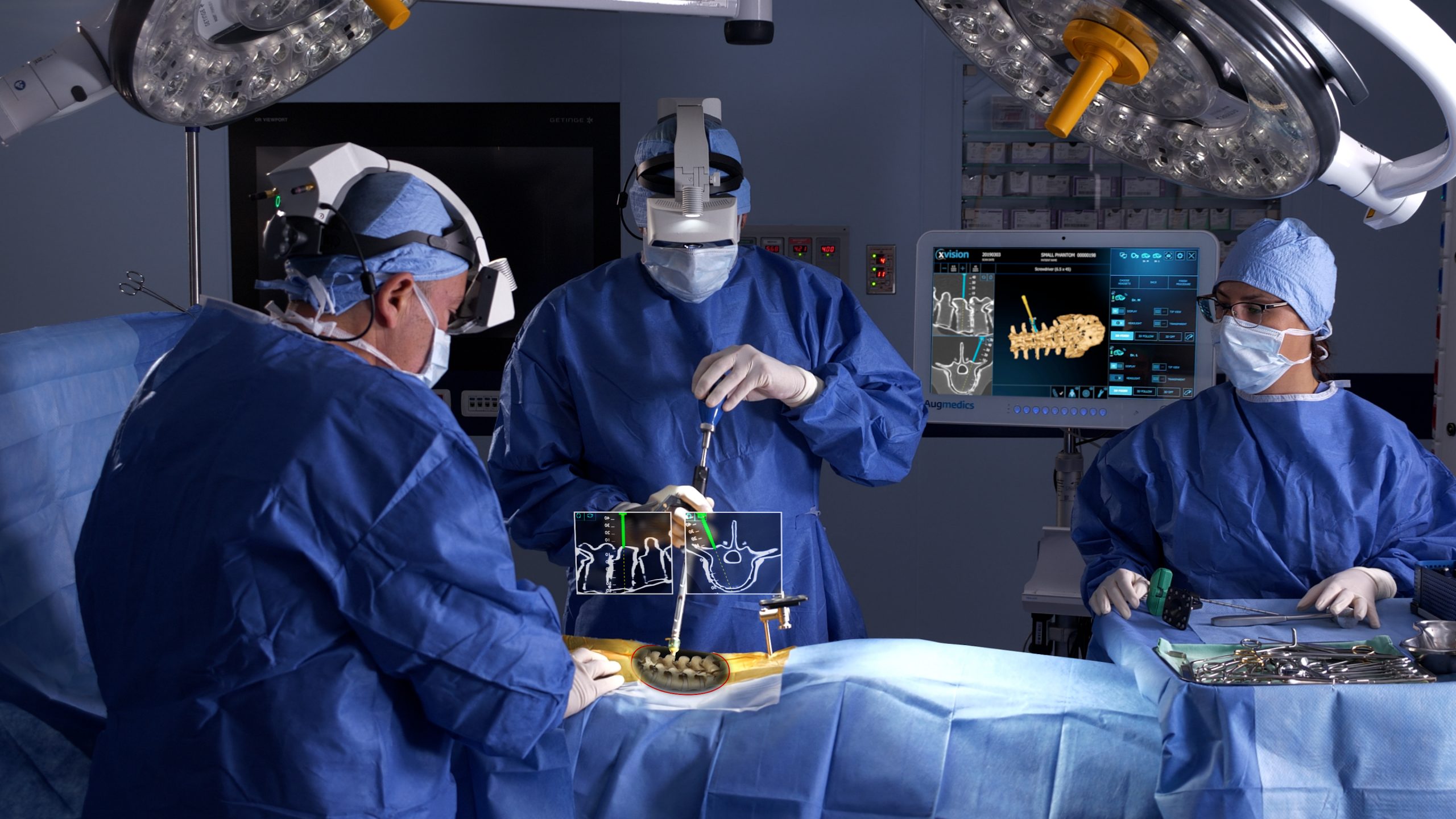Searching For Affordable Options with the Best Spine Surgeons in St Louis MO
Searching For Affordable Options with the Best Spine Surgeons in St Louis MO
Blog Article
A Review of Spinal Column Conditions That Frequently Lead To Surgical Therapies
Spinal column problems such as herniated discs, spine constriction, and degenerative disc condition regularly demand surgical treatments when conservative therapies fail to ease persistent symptoms. Comprehending the subtleties of each problem and the matching surgical options, such as discectomy or back blend, is critical for effective management.
Herniated Discs
Although many people with herniated discs may locate alleviation with conservative therapies, surgical procedure becomes an essential factor to consider when signs and symptoms worsen or continue - best spine surgeons in st louis mo. A herniated disc happens when the soft internal gel of a spine disc extends with its outer layer, possibly leading and pressing neighboring nerves to discomfort, pins and needles, or weakness in the extremities
Conventional management commonly consists of physical therapy, pain medicines, and corticosteroid injections, which intend to minimize inflammation and enhance function. In situations where these techniques fall short to reduce debilitating signs and symptoms, surgical options might be explored.
The most typical procedure for herniated discs is a discectomy, which includes the elimination of the herniated part of the disc to soothe pressure on the impacted nerve root. In much more severe cases, spine fusion may be required to maintain the affected vertebrae.
Individuals are suggested to review the possible threats and advantages of surgical procedure with their medical care copyright to make an informed decision. Ultimately, the goal of any type of medical treatment is to recover function, reduce pain, and boost overall quality of life for individuals dealing with herniated discs.
Spine Constriction
Spinal constriction happens when the areas within the spine narrow, leading to enhanced pressure on the spine and nerves. This problem can develop in numerous regions of the spinal column, consisting of the cervical and lumbar locations, typically as a result of age-related modifications, such as degenerative disc illness, joint inflammation, or enlarging of tendons.
Individuals with spinal constriction might offer with signs that include discomfort, tingling, prickling, or weak point, primarily in the arms or legs. These signs and symptoms can be exacerbated by activities that include standing or strolling, frequently leading individuals to seek relief via traditional treatments like physical treatment, medicines, or epidural steroid shots.
However, when these non-surgical interventions fall short to provide ample relief, medical choices may be taken into consideration. Typical operations for back stenosis consist of laminectomy, which involves the elimination of component of the vertebra to relieve stress, and back blend, which supports the damaged area. The choice to pursue surgical treatment is typically based on the severity of symptoms, the degree of functional disability, and the overall health of the client. Prompt medical diagnosis and management are crucial to avoid more neurological compromise and enhance top quality of life.
Spondylolisthesis
Spondylolisthesis takes place when one vertebra slips ahead over an additional, leading to imbalance of the spine. This condition can arise from numerous factors, including congenital flaws, trauma, or degenerative changes in the back. It is most typically observed in the back region, specifically at the L4-L5 and L5-S1 degrees.

When non-surgical methods fall short to eliminate signs and symptoms or when significant nerve compression is present, surgical treatment might be necessitated. Surgical alternatives can include back fusion or decompression treatments, aimed at bring back positioning and easing neurological signs and symptoms.
Degenerative Disc Disease

The condition can be detected via a combination of clinical analysis, imaging research studies, and patient history. When these methods fall short to supply adequate relief, surgical interventions might be considered.
Surgical alternatives for DDD might include spinal fusion or fabricated disc replacement, focused on stabilizing the affected section and reducing discomfort (best spine surgeons in st louis mo). Ultimately, the choice of therapy is embellished, taking into account the seriousness of the condition, person wellness, and lifestyle aspects
Spine Tumors

Spine growths can arise from numerous factors, including hereditary proneness, environmental influences, and pre-existing clinical problems. Individuals might provide with a range of signs and symptoms, consisting of local discomfort, neurological shortages, weakness, or adjustments in bowel and bladder feature, depending on the lump's size and place.
Surgical intervention might be necessitated to relieve symptoms, get a biopsy, or eliminate the growth completely. The goal of surgery is usually to unwind neural aspects and maintain the spinal column. Early discovery and intervention are important for maximizing results in individuals with spine tumors.
Conclusion
In summary, spinal column conditions such as herniated discs, spinal stenosis, spondylolisthesis, degenerative disc condition, and spine tumors often require surgical intervention due to their prospective to create significant pain and practical problems. While conservative treatments may use temporary relief, surgical choices end up being essential when symptoms persist or intensify. Prompt medical website link diagnosis and treatment play an important duty in recovering feature and enhancing the quality of life for affected individuals, emphasizing the relevance of comprehensive spinal care.

Report this page